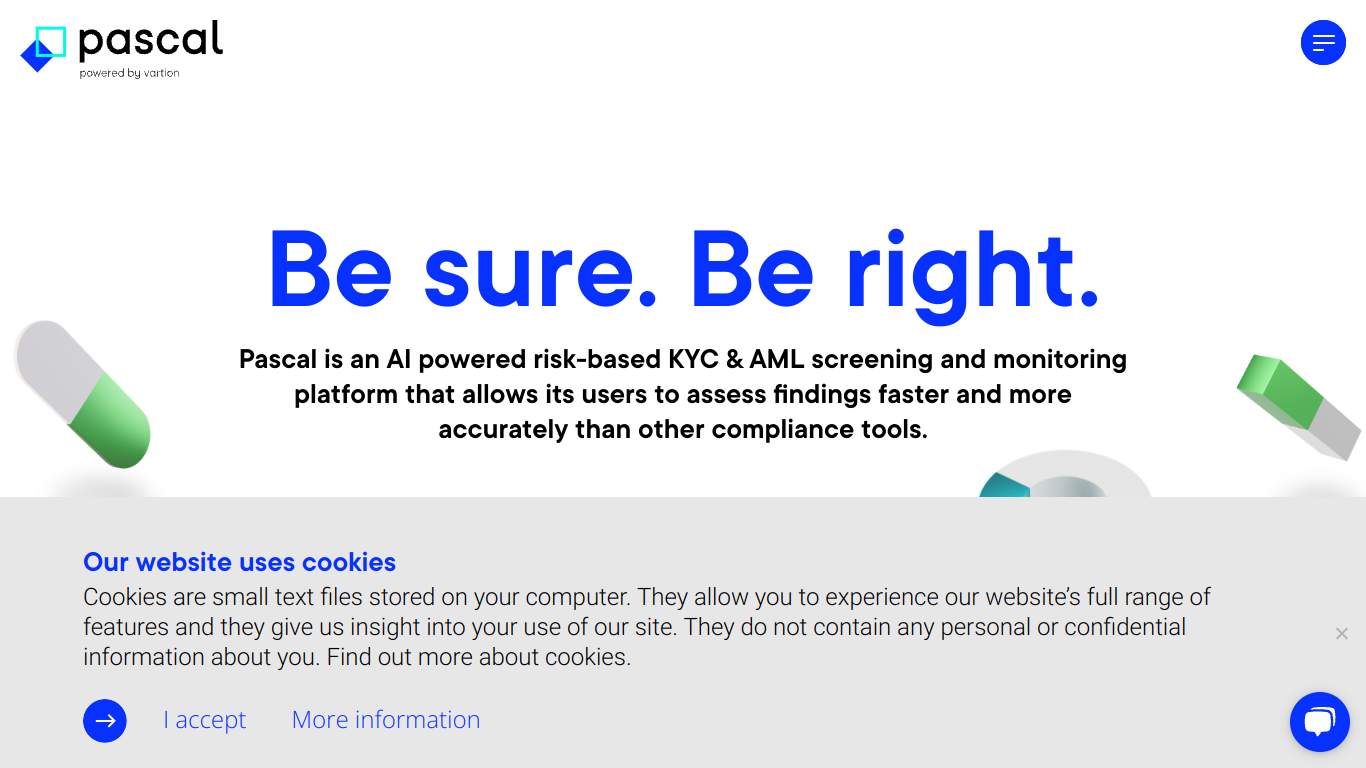
This AI enables the simplification of KYC and AML compliance thanks to a platform for risk-based filtering and monitoring. Pascal thoroughly analyzes various data sources, open data and client-specific data, using advanced techniques such as machine learning and Natural Language Processing. This capability enables Pascal to efficiently structure information from media sources, identify risks and sentiments in a meaningful way.
By reducing the complexity and duration of the work processes of onboarding clients and partners, Pascal increases the performance and accuracy, and minimizes false positives. Compliance management becomes more intuitive and faster, enabling consolidated and documented decision-making. Additionally, thanks to an ergonomic user interface, searches and compliance analyses are performed with ease and precision.
Pascal also offers a collaborative platform where compliance officers and external auditors can access the information needed, collaborate and leverage AI to improve their ways of working. With its proactive approach to ongoing monitoring, users benefit from instant updates on potential risks, enabling immediate responsiveness to emerging issues.
Thanks to artificial intelligence, KYC data processing (Know Your Customer) becomes faster and more accurate. This system extracts and analyzes information from open data and client-specific data, using machine learning and the Natural Language Processing. The user benefits from a better overview of risks, thereby improving decision-making in compliance with regulations.
Automation greatly simplifies and accelerates client and third-party onboarding. By reducing the complexity and the time required to complete this process, users can focus their efforts on more critical tasks. The system provides an overview and a comprehensive understanding from the early stages of the relationship.
This feature ensures a continuous monitoring of clients or third parties, offering instant updates on the associated risks. Instead of periodic checks, alerts are sent as soon as an incident is detected, enabling immediate responsiveness. This fosters proactive risk management and constant compliance without additional effort.
